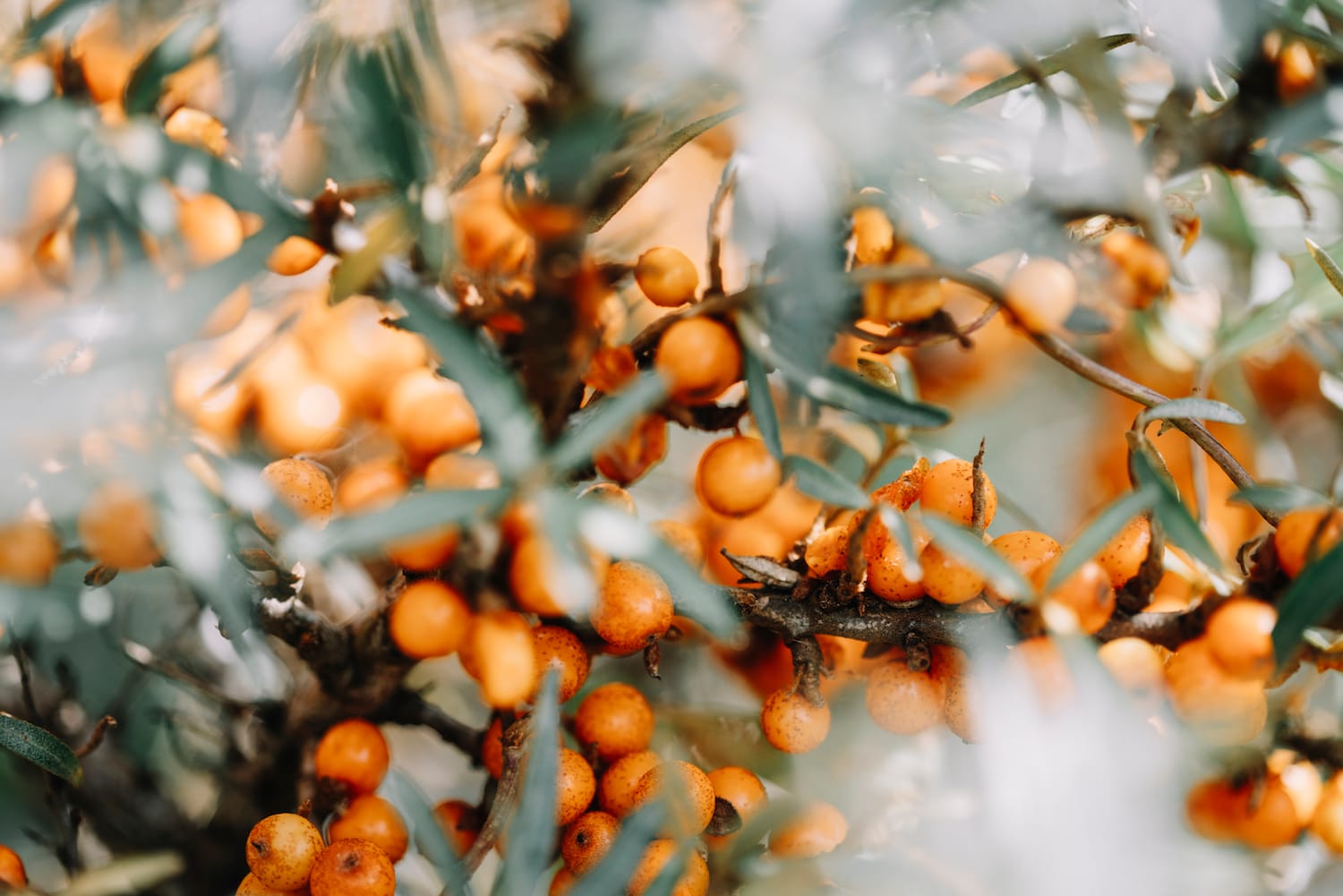What’s the best way to tell area residents about plans for a new asylum shelter nearby?
The government should tell communities directly about plans for new asylum shelters, some activists and politicians say.
With sea buckthorn berries harvested from Bull Island, Shane Kelly’s Dot Brew is brewing a saison, now in white wine barrels in a warehouse in Dolphin’s Barn.

Shane Kelly, shears in his hand and brown wellies on his feet, clips away at a thorny bush. “You’ll get nabbed by them a couple of times,” he says.
The bushes on the edge of the golf course on Bull Island are six feet high.
They’ve olive-coloured leaves, vicious thorns and bright orange berries – which Kelly collects as he shears, throwing the fruit into one of the two large white buckets by his feet.
“What type of berries are they?” shouts a man in a red body-warmer, passing by with a friend.
“It’s sea buckthorn,” says Kelly.
“Can you eat it?”
“Yeah, you can, yeah,” says Kelly. He jumps down from the ledge, with a branch thick with berries. He picks one off, and offers it.
“It’s like crabapple,” says the stranger, wondering aloud whether the bright orange berries would be tasty stuffing for a pie.
“Yeah,” says Kelly, enthusiastically explaining what other foods it can be used in: ice cream, syrups, mousse. He, though, has other intentions for them.
Imported last century to stabilise sand dunes, sea buckthorn is an invasive species, according to Dublin City Council’s invasive alien species action plan.
It’s high-risk as it “alters groundwater hydrology and out-competes protected flora”, the plan says.
The council has tried to hold it back.
“A major challenge to control is not just underground spread of the roots, but the spread of the seeds by birds,” says Maryann Harris, senior executive parks superintendent with Dublin City Council.
The council has run berry-picking events and organised volunteers to cut back the bushes to keep them from spreading further on the island.
Clipping away the leaves helps the local habitat, says Kelly. It also gives him another ingredient to work with in his microbrewery, Dot Brew, which specialises in barrel-aged ale.
Kelly is drawing on processes from the whiskey and wine industries and applying them to beer, he says. “Even down to blending between different styles, and types of barrels, but also different styles of beer.”
He uses different old barrels, ones that might in the past have been used for white wine, tequila, or rum, say.
“What we’re trying to do is design beer that works with the previous content of the barrel or with the wood,” says Kelly, snipping at the buckthorn.
“A good example is this guy,” says Kelly. He grabs one of the bright orange berries from the thorny bush and pops it between his fingers. The juice bursts from the berry, with a soft musky smell.
“The aroma and the taste are so disconnected,” says Kelly. They have a slightly sour taste, reminding him of the sour Refreshers from his childhood, he says.
“The first barrel it went into is a saison,” says Kelly, a type of Belgian pale ale.
It’s perfect with the white wine barrels he has back at his warehouse, he says.
Before they end up in barrels, prising the berries from branches can be tricky. The leaves conceal loads of thorns.

There’s a technique to picking them off, says Kelly. Too ripe, and the berries can pop. Not helpful, when you want them for that beer or syrup or oil.
Kelly looks for a branch of extra-juicy berries. He checks its underside for thorns and then, with his pruning shears, he snips the branch from the bush.
He plucks away the leaves and throws the berries into the white bucket. Later, he’ll freeze them so he can pull them off the branch without bursting them.
Dot Brew currently have 2,700 litres of the saison brewing in barrels at their base in Dolphin’s Barn, he says.
Kelly describes Dot Brew as a brewery without a home.
The beers are brewed in various small microbreweries in Dublin and further afield and brought back to Dolphin’s Barn, where they’re barreled and given time to mature.
There are about 50 barrels in a small warehouse near Dolphin’s Barn.
Some are lightly tanned oak barrels from France. There are worse-for-wear rum barrels, and charred barrels from the United States used for Bourbon.
There are tequila barrels from Mexico, port barrels from France, and 30-year-old barrels from Bushmills, too.
“They’re my spice rack,” says Kelly, in the warehouse in Dolphin’s Barn on Monday.
Some beers, like the Black Imperial, are in their final stages, awaiting carbonation. It’s a dark stout with a rich, chocolatey colour. There’s a slight smokey taste that comes from being aged in a whiskey barrel, and strong coffee overtones.
Kelly doesn’t have any of his sea buckthorn beer ready yet. It’s too early in the process. But he fondly pats one of the pale-oak barrels that the berries have been added to.
“These barrels were originally white wine and the white wine was Sémillion and Sauvignon Blanc,” says Kelly.
In just a couple more months, he is expecting a citrusy, refreshing saison, he says.
Get our latest headlines in one of them, and recommendations for things to do in Dublin in the other.